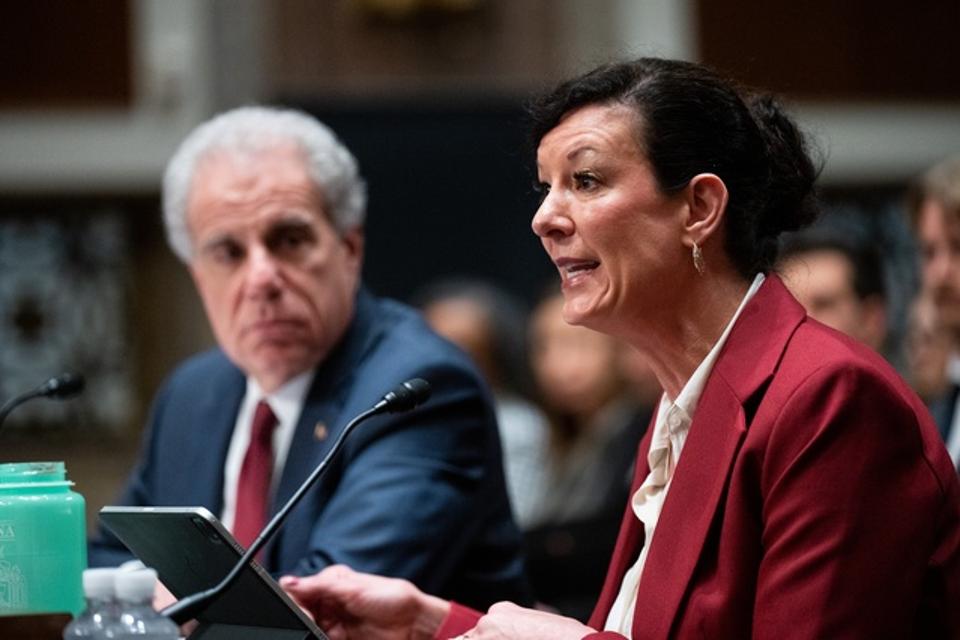C
Congress passed the Coronavirus Aid, Relief, and Economic Security Act (CARES Act) on March 25, 2020 just as the pandemic reached the United States. CARES Act allowed individuals in federal correctional facilities who were a Low or Minimum security risk with underlying health conditions to serve their sentence in home confinement earlier than they would have been eligible for without the CARES Act.
Prior to the CARES Act, the Federal Bureau of Prisons (BOP) allowed inmates to serve 10% of their sentence imposed, up to a maximum of 6 months, on home confinement as part of completing their sentence. This program too is a success and allows inmates of all security levels to transition back into society. Many of those in federal custody, about 90%, will eventually be released from custody. Transition back to society is an important part of the corrections process.
The BOP has now completed a study on the inmates who were transferred to home confinement under CARES Act and the results are encouraging. In a press release from the BOP, it stated, “These findings suggest that the CARES Act’s provision for early and extended home confinement did not negatively impact recidivism rates. In fact, it may have contributed to a reduction in post-release recidivism, offering a promising direction for justice-involved stakeholders seeking effective strategies to reduce incarceration and its associated costs, while also promoting public safety and successful reintegration into society.”
Home confinement has been part of an individual’s prison term for decades but there are also other credits to reduce prison terms. Most inmates receive Good Conduct Time of 54 days for every year of the imposed sentence (Note: These days can be taken away for disciplinary infractions). In addition, the First Step act allows many Minimum and Low security inmates to earn up to a year off their sentence for participating in programming or productive activities. Now, with information from the CARES Act study, the BOP can have confidence that alternative means of incarceration can be used.
The BOP has the policies to move more Minimum and Low security inmates back into society sooner. Under the Second Chance Act, signed by George W. Bush, inmates can be placed on prerelease custody for up to a year of their sentence. Prerelease custody includes halfway house and home confinement. However, the BOP has struggled recently with halfway house capacity, leaving many of inmates in institutional prisons far longer than necessary. This problem of shortages of halfway house space is problematic because the First Step Act allows inmates to earn credits toward additional home confinement based on the time served. The maximum amount of time an inmate can earn each month is 15 days per month but there is no limit to the amount of credits that can be earned over the term of incarceration. This means that inmates in the future could be on home confinement for years.
BOP Director Colette S. Peters commented on the findings, “This study reinforces my belief, shaped by decades of experience in corrections, that alternatives to mass incarceration are the most effective approach. The findings that individuals with a CARES assignment recidivated no more or less than comparable people in home confinement, and even less often post-release, are encouraging. This study suggests that reducing incarceration for appropriate people through measures like early and extended home confinement does not compromise public safety and in fact, suggests it may contribute to successful reintegration into society.”
The study found that overall, the use of the CARES Act to send individuals to home confinement sooner and for longer periods did not have an apparent negative impact on their recidivism rates compared to others in home confinement. Results indicate that while in home confinement individuals with a CARES assignment fail no more or less than comparable persons in home confinement. And those with a CARES assignment fail less often than comparable persons after release.
This study matters because there are currently 78,000 out of roughly 156,000 inmates who are minimum and low security inmates in federal prison. Supervision of inmates in home confinement is significantly less costly for the BOP than housing inmates in secure custody. According to a Federal Register report on the CARES Act, in Fiscal Year (FY) 2019, the cost of incarceration fee (COIF) for a Federal inmate in a Federal facility was $107.85 per day; in FY 2020, it was $120.59 per day.55 In contrast, according to the Bureau, an inmate in home confinement costs an average of $55 per day—less than half of the cost of an inmate in secure custody in FY 2020. Although the BOP’s decision to place an inmate in home confinement is based on many factors, where the BOP deems home confinement appropriate, that decision has the added benefit of reducing the expenditures. Such cost savings were among the intended benefits of the First Step Act.
The BOP intends to build on the information from this study and others on home confinement. Prisons remain crowded and many inmates are serving longer sentences in expensive institutions than are necessary. Home confinement, which is a major benefit to both inmates and tax payers, is a big part of the First Step Act. Whether the BOP can fully implement the program to get inmates out of prisons and into the community faster remains a challenge.
The BOP has not had many good stories over the past 6 years but its use of home confinement under the CARES Act should embolden the agency to do even more with the policies that it has in place today.

